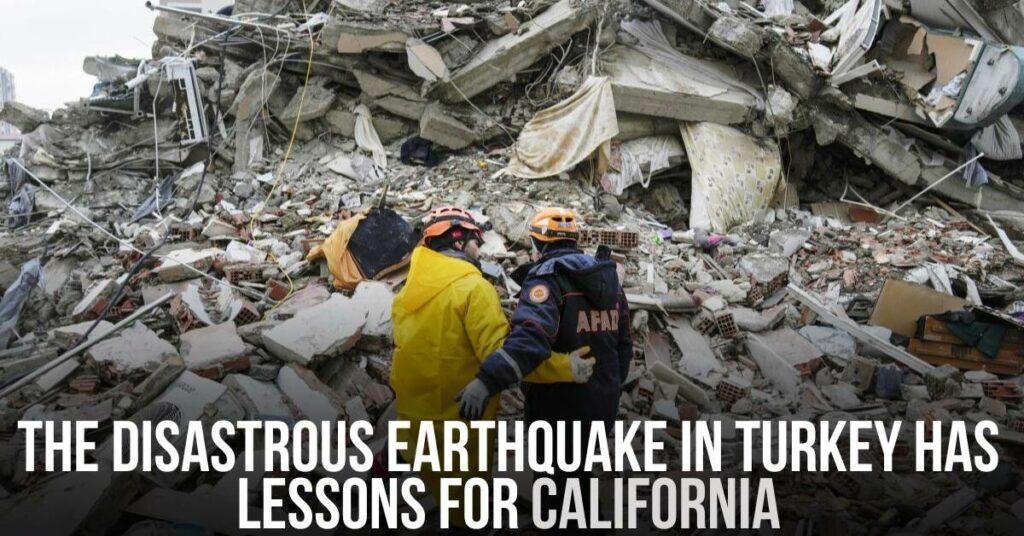In February, Turkey and Syria faced a devastating doublet of earthquakes, a term used by seismologists to describe two powerful seismic events occurring in close succession.
The first quake, with a magnitude of 7.8 and a rupture length of 300 kilometers, was followed just nine hours later by a second one. Although shorter in length, the second quake was almost as potent, compounding the tragedy as people rushed into already weakened buildings after the initial quake.
Geological Factors at Play
Researchers from San Diego’s Scripps Institution of Oceanography conducted a thorough analysis of these earthquakes, shedding light on the unique geological conditions that contributed to their severity.
Their findings also have implications for California, where the San Andreas Fault bears similarities to Turkey’s East Anatolian fault system.
Similarities between Fault Systems
Scripps Oceanography’s geophysics professor, Yuri Fialko, noted remarkable parallels between the two fault systems. The total length, displacement, maturity, and long-term slip rate of the Anatolian fault system closely resemble those of the San Andreas Fault.
Analogous Geological Motion
Turkey’s Anatolian Plate sits between the Arabian Plate to the south and the Eurasian Plate to the north. As the Arabian Plate presses northward, it propels the Anatolian Plate westward, leading to the formation of long faults along which earthquakes occur.
Challenging Faults Bends and Junctions
The initial earthquake in Turkey began as a “cascade of ruptures,” breaking through fault bends and junctions that typically inhibit slippage. This phenomenon triggered a domino effect, causing multiple fault sections to rupture successively and amplifying the earthquake’s impact.
Unusual Jumping Faults
A surprising discovery was the quake’s jump from a branch fault to the main path of the Anatolian Fault. This jump occurred in both directions, showing a previously unrecorded behavior in earthquakes.
Magnitude and Impact
The second earthquake was nearly as powerful as the first due to its rapid rupture speed. These double earthquakes led to the tragic loss of up to 60,000 lives in Turkey and Syria.
Relevance to California
The faults in Turkey shifted between 8 and 10 meters, surpassing the 3-meter shift in the 1994 Northridge earthquake in Los Angeles. Experts highlight that earthquakes of the same magnitude could happen in California.
The events in Turkey serve as a reminder that Californians must remain vigilant and prepared for seismic activity.
Click on the following links for more news from the California Examiner:
- Us Navy Sailors Arrested for Sharing Military Info With China
- Florida Schools Dropped AP Psychology Over Gender Identity & S*xuality Lessons
Get ahead of the curve by accessing breaking news and insightful articles on californiaexaminer.net – start exploring today!
